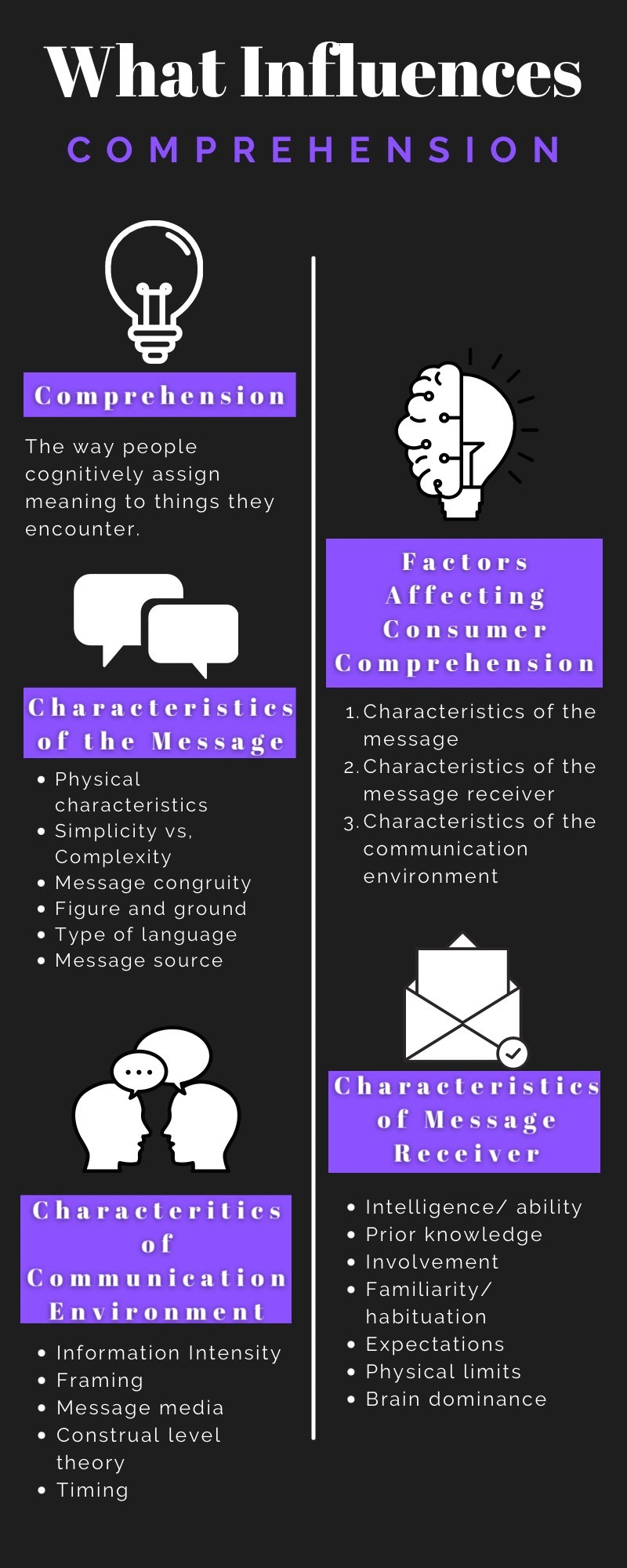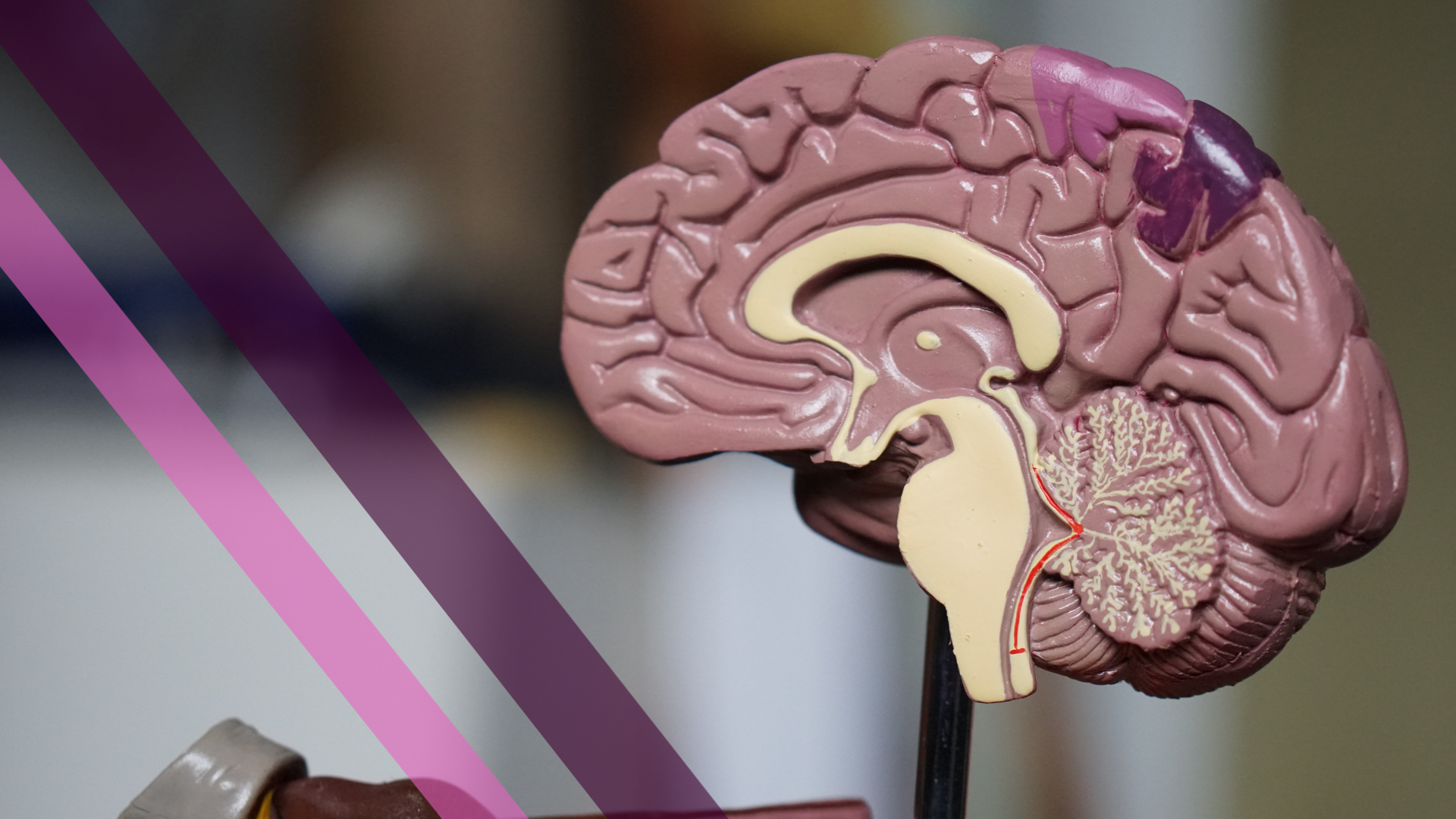3 Factors of Consumer Comprehension
If I told you that there was a chance to win $100 dollars somewhere in this blog post, would you be interested or slightly worried that it was a scam? Depending on who you are and the experience with winning or losing money, you might or might not stick around. This is all about how the consumer comprehended you content or the situation they are in.
When a consumer develops an understanding for things or objects, they encounter it is called consumer comprehension. An example would be a consumer viewing a label that includes instructions of how to build the product. The consumer would understand that it is not set up for them, but they must assemble it when they get home.

What Factors Affect Consumer Comprehension?
3 different factors that affect consumer comprehension:
1. Characteristics of the message
2. Characteristics of the message receiver
3. Characteristics of communication environment
1. Characteristics of the Message

People look to these characteristics to help convey the desired message they want their consumers to process positively. There is nothing more annoying than trying to understand a product that has a confusing label. As a consumer, I know the frustration of having to reread the label over and over until that item is eventually either destroyed or thrown out the window!
Below are the different characteristics of the message:
a. Physical characteristics refers to the part of a message that a consumer directly senses. These parts include the intensity, color, font, numbers, spacing, and shape of the message.
b. Simplicity versus complexity of the message.
c. Message congruity refers to the way the message is internally consistent and fits the other information surrounding the message.
d. Figure and ground mean the focal point and background of the message.
e. Type of language used in the message.
f. Message source is the characters and setting of the message like doctor reviewing a product or a celebrity in an ad. A source can influence consumer comprehension like likeability, attractiveness, expertise, trustworthiness, and congruence.
2. Characteristics of Message Receiver

The receiver of the message typically is the audience that the message is for and is also the one that gives the sender feedback.
Below are the characteristics of the message receiver:
a. Intelligence/Ability of the consumer.
b. Prior knowledge the consumer has.
c. Involvement with the message.
d. Familiarity/Habituation which is how familiar and the continuous exposure a consumer has with a stimulus.
e. Expectations of the consumer.
f. Physical limits which is the inability to hear, see, smell, taste and think can influence comprehension.
g. Brain dominance refers to people being either right-bran dominant or left-brain dominant.
3. Characteristics of Communication Environment

The setting and environment play a huge role in consumer comprehension.
a. Information intensity is the amount of information a consumer can process within an environment.
b. Framing the environment.
c. Message media and what is the best way for the consumer to comprehend the message. Would a newspaper or a PDF file online be better for the audience?
d. Construal level theory refers to someone thinking either concretely or abstractly.
e. Timing of when the messages is sent out.
Closing
Consumer comprehension is always happening and will always continue to happen even if we are not aware of it. Through the characteristics of the message, message receiver, and the communication environment, people can better understand the needs and wants of consumers.



